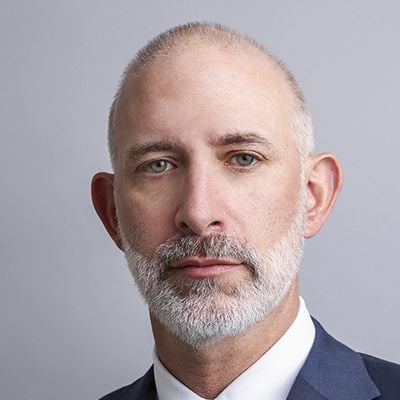
Redlining was a legally sanctioned practice of denying various services, including access to credit, for people living in specific neighborhoods, usually identified on the basis of race or ethnicity, and primarily in urban communities. Numerous adverse health outcomes have been traced to historical redlining, with harmful impact through denial of economic opportunity and the potential of human capital, along with suppression of the knowledge, skills, and value that workers contribute to society, whether inside or outside the workplace.
In 1931, James Truslow Adams published a bestseller, the Epic of America, conjuring a vision that subsequent authors and inspirational speakers have appropriated and modified according to their own opinions and ambitions. Adams wrote of the “dream of a land in which life should be better and richer and fuller for every man, with opportunity for each according to his ability or achievement,” a concept subsequently characterized as the American Dream and “a cornerstone of the mythology of the United States.”
Despite elaborations that piled everything but the kitchen sink onto the story, a house was never part of Adams’s airy vision. Nevertheless, in the wake of large-scale home development for people of modest means after World War II, Americans, as a reporter recently noted, generally followed a uniform track: job, down-payment, and “the fairy-tale ending of domestic bliss and monthly mortgage payments.”
After the Great Recession of 2007-2009, opportunities to own a home decreased as supply dwindled and credit shrank. During the 2008 housing crisis, more than 2.3 million homes nationwide had at least one foreclosure filing. Since that time, new housing production has failed to match demand. The result is a steep increase in home prices, especially in the lower price ranges. However, homeownership remains a means for some to increase wealth: for instance, the average seasonally adjusted home price increased nearly 80 percent from April 2015 to April 2023. It has been noted, however, that financial gains from homeownership in the US are not necessarily based on the owner’s efforts, but are the fallout from simply having the resources to buy a house in the first place. This is what’s often described as “intergenerational advantage.” It’s hardly surprising that parents’ wealth and ownership of a home are significantly and positively associated with younger buyers’ ability to enter the housing market.
Ownership certainly isn’t a one-size-fits-all solution to finding a home. While ownership may remain the ideal for many, others prefer to rent, thus retaining access to the bulk of their earnings and remaining free of the financial obligations that go with owning and maintaining property. Of course, while having greater access to funds in the short term, renters will not profit from any increase in the value of their homes over the long term. The point, though, is to have a home that’s yours as long as you choose to stay there, where you can shut the door against intrusions, keep your family and possessions safe, and live without fear that your landlord can order you to move without having to give you a reason.
Approaches to Relieve the Affordable Housing Shortage
Housing prices have grown faster than incomes over the last decade in the United States.
Lack of adequate, affordable housing is becoming critical not only in the United States but worldwide. Financial systems governing housing differ widely from one country to another. The following approaches to relieve some of the pressure in the US environment merit discussion:
- Eliminate duplication and redundant activities and costs in the administration of the LIHTC federal subsidy.
- Develop a new process making use of the existing infrastructure of the Opportunity Zone tracts and Community Development Financial Institutions (CDFIs).
- The average cost to acquire an LIHTC unit is 55 percent of the income of the average ELI household, whether buying or renting the property. Some state housing finance authorities tend to approve LIHTC projects in ways that concentrate low-income communities where they have been historically segregated and where economic opportunities may be limited.
- Consider re-assigning the placement of a project; consult with local officials to ensure that public transport routes are adequate for workers to reach more distant and better-paid employment locales without undue hardship.
- The LIHTC federal subsidy is higher than it needs to be because more intermediaries than strictly necessary are involved in financing it. In some cases, this drives the cost of constructing an LIHTC unit higher than the market rate.
- Develop a collaborative process to define a new process that employs the existing infrastructure of Opportunity Zone tracts and CDFIs.
- Discuss means of consolidating input or eliminating replicative involvement.
Although redlining is nominally and even legally banned, and condemned as a component of structural racism, traces persist in the form of employment discrimination, educational segregation, and interpersonal biases that reinforce discriminatory behavior, perverse values, and unequal distribution of resources. All of these effects have adverse consequences for health, longevity, and quality of life. Americans from all quarters can contribute to eliminating the elements of structural racism by exposing and resisting redlining and associated behaviors, whether in public or privately, and supporting policy initiatives, especially in health care, education, and homeownership, intended to raise residents of formerly redlined districts to the level of opportunity open to their better-served neighbors.
















